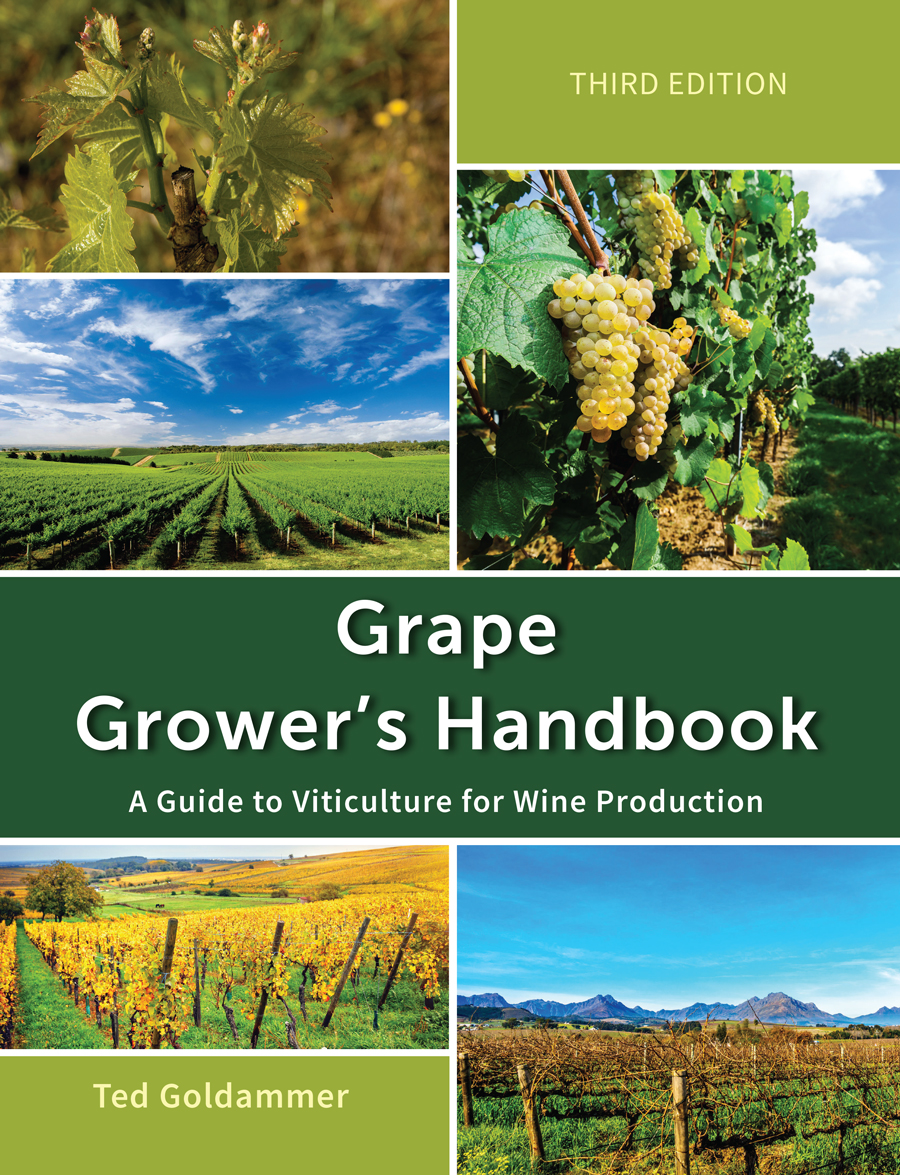Pesticide Application in Vineyards
Sprayer Nozzles
Nozzle selection is one of the most important decisions to be made related to pesticide applications. The type of nozzle affects not only the amount of spray applied to a particular area, but also the uniformity of the applied spray, the coverage obtained on the sprayed surfaces, and the amount of drift. Each nozzle type has specific characteristics and capabilities and is designed for use under certain application conditions.
Nozzle Materials
Nozzles are made from several materials. The most common are brass, nylon, stainless steel, hardened-stainless steel, tungsten carbide, thermoplastic, and ceramic. Ceramic and tungsten-carbide nozzles are very long-wearing and extremely corrosion-resistant.
Nozzle Types
The term “nozzle” is used in a wider sense of any device through which spray liquid is emitted, broken up into droplets and dispersed over the target. The proper selection of a nozzle type and size is essential for proper pesticide application. Spray nozzles fall into three basic categories:
Atomization
The liquid to be applied must be broken into discrete droplets before being carried to the vines. This can be done in several ways, among them are: (1) hydraulic nozzles, (2) air-shear nozzles, and (3) rotary atomizers (controlled droplet applicators).
Hydraulic Nozzles
Hydraulic nozzles operate on the principle of driving a liquid under pressure through an orifice considerably smaller than the diameter of the feed line.
Air-Shear (Air-Assisted) Nozzles
Air-shear nozzles create optimum sized droplets, which are not affected by speed and pressure changes, ensuring a uniform application over the entire vineyard. Air shear nozzles tend to provide finer atomization than hydraulic nozzles. A finer spray is needed to achieve good coverage but losses can increase due to drift and evaporation.
Controlled Droplet Applicators
Controlled droplet application is a term used to describe a new method of applying pesticides. Controlled droplet application (CDA) technology uses centrifugal force instead of hydraulic pressure to produce droplets and spray pattern. CDA produces spray droplets that are relatively uniform in size, which would normally drift. When used in conjunction with a tower and cross-flow fan design, the smaller droplets are actually directed into the canopy. On the other hand, conventional spray nozzles produce droplets that vary widely from small droplets that may drift or evaporate before reaching the target, to large droplets that concentrate too much of the pesticide in one spot.
Droplet Size Classification
Droplet-size information is useful for determining the correct nozzle for a pesticide application. A classification system developed by the British Crop Protection Council (BCPC) and the American Society of Agricultural and Biological Engineers (ASABE) assigns a droplet-size category to a nozzle based on droplet-size spectrum (See Table 26.2).
Click on the following topics for more information on pesticide application in vineyards.

